You have to learn to code if you’re thinking about getting into data science. One of the primary tasks performed by data professionals is coding. Whether you need to gather, purify, analyse, or visualise data, programming is essentially used for everything. SQL vs. Python As a result, you must begin learning to code as soon as you begin your journey into data science.
You are now prepared to begin learning to code. However, which programming language ought you choose? For those just starting in data science, this is a relatively common query. There are numerous computer languages available for data science, but learning them all at once can be challenging and depressing. It’s better to select one and move on to another after mastering it, based on your skill level, needs or interests.
What programming language is best to start with is a topic of intense dispute. In this way, Python and SQL are excellent starting points for your coding journey. If you’re not proficient in both Python and SQL, two of the most widely used computer languages in data science, you won’t advance very far in your career.
Why Choose Python?
Python is currently the all-purpose programming language, coming in top place on numerous popularity indices for programming languages, including the TIOBE Index and the PYPL Index.
Python is a general-purpose, open-source programming language with widespread use in numerous software development fields. Python is frequently cited as one of the easiest programming languages for beginning programmers to learn and use because of its straightforward and accessible syntax (which is similar to the English language). Check out our Introduction to SQL vs. Python Course if you want to get a feel for what Python coding is like.
Although Python was not initially intended for use in data science when it was created in the early 1990s, it has matured through time and is now widely used in data science, machine learning, and data engineering. This is mostly because of its robust package ecology. Python is capable of handling a wide range of data-related activities thanks to its thousands of potent libraries and its sizable user base.
An incomplete list of Python use cases in data science is provided below. Check out the online Python course if you’re interested in learning more about other Python applications.
- Data analysis: The most potent tool for data analysis is Python. Everything is achievable with only a few lines of code thanks to top-notch libraries like pandas and NumPy, from data collecting and data cleaning to exploratory data analysis and statistical analysis.
- Visualising data: Visualising your data with eye-catching plots and charts is a terrific approach to finding hidden trends in your datasets and presenting your findings. Many packages, including matplotlib, seaborn, and , are capable of working their magic.
- Machine learning: Machine learning, a branch of artificial intelligence, makes predictions by teaching computers to recognize patterns and trends in past data. Scikit-learn is a well-known and user-friendly program for building robust machine-learning models.
- Deep learning: Deep learning is a member of a larger family of artificial neural network implementation-focused machine learning techniques. Some of the greatest ground-breaking developments in data science over the past few years have been made possible by these potent algorithms. SQL vs. Python is the preferred language for deep learning thanks to its strong libraries and frameworks like Keras and TensorFlow.
Which Language Should You Learn First, Python or SQL?
Which language ought to be studied first? Although this question is especially pertinent for those who are new to data science, it’s crucial to remember that, in the long run, if you want to advance in your profession, you will need to become fluent in both SQL vs. Python
Having stated that the response to the query will rely on your objectives, top priorities, and any past programming experience.
Python is more difficult to learn than SQL, for sure. Its very simple syntax serves only to facilitate communication with relational databases. Since relational databases contain a substantial amount of data, the initial stage in each data analysis project is frequently retrieving data using SQL queries. Learning SQL is also a wise decision because it can ease your transition to more advanced programming languages by assisting you in easily internalising fundamental programming principles.
Python, on the other hand, is a general-purpose programming language, so mastering it will open up a lot more exciting possibilities. For example, with Python, you will be able to complete an end-to-end data science project, from data collecting and data cleaning to data analysis and data visualisation.
Though Python is significantly more flexible than SQL vs. Python, mastering it takes more practice. Despite this, Python is regarded as a beginner-friendly language due to its syntax that resembles English and its emphasis on readability.
It’s also important to think about the kind of work you’re looking for. For instance, learning SQL vs. Python is certainly a better option if you’re interested in the subject of business intelligence (BI), as most analytics jobs are carried out using BI tools like Tableau or PowerBI. By contrast, if you want to pursue a pure data science career, you’d better learn Python first.
SQL vs. Python Conclusion
You can check out the Python online training to learn more about how Python works.
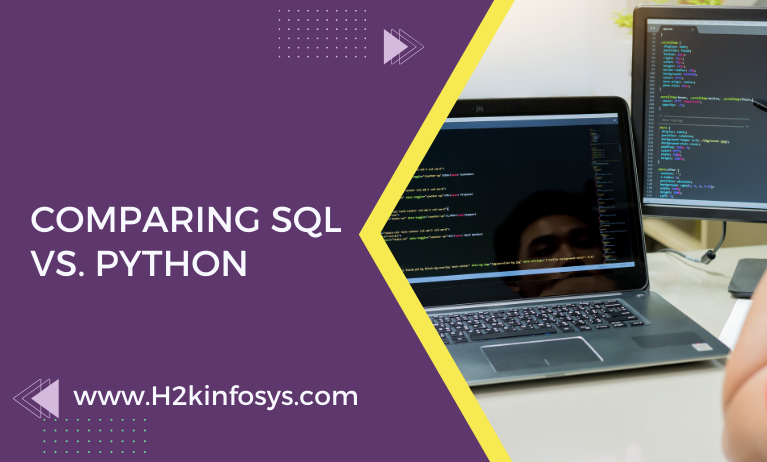



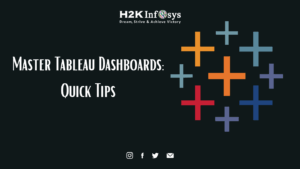
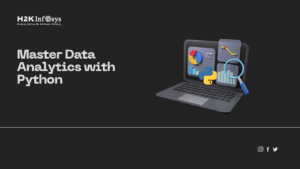
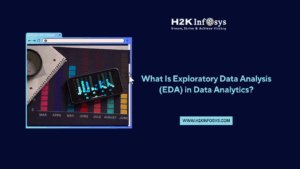




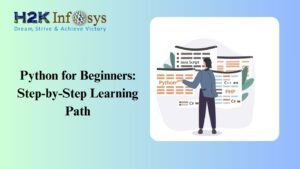



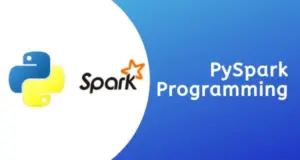




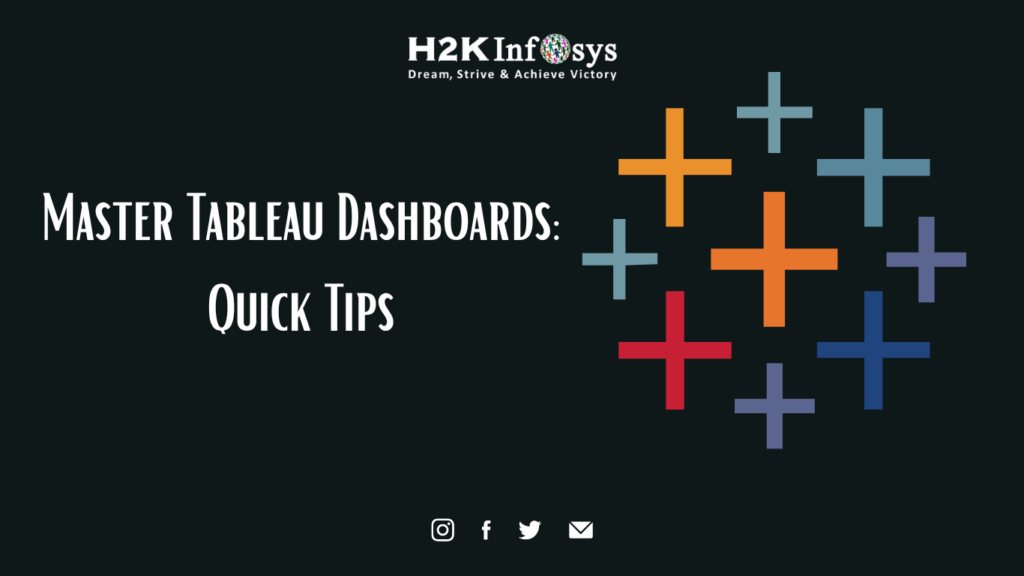
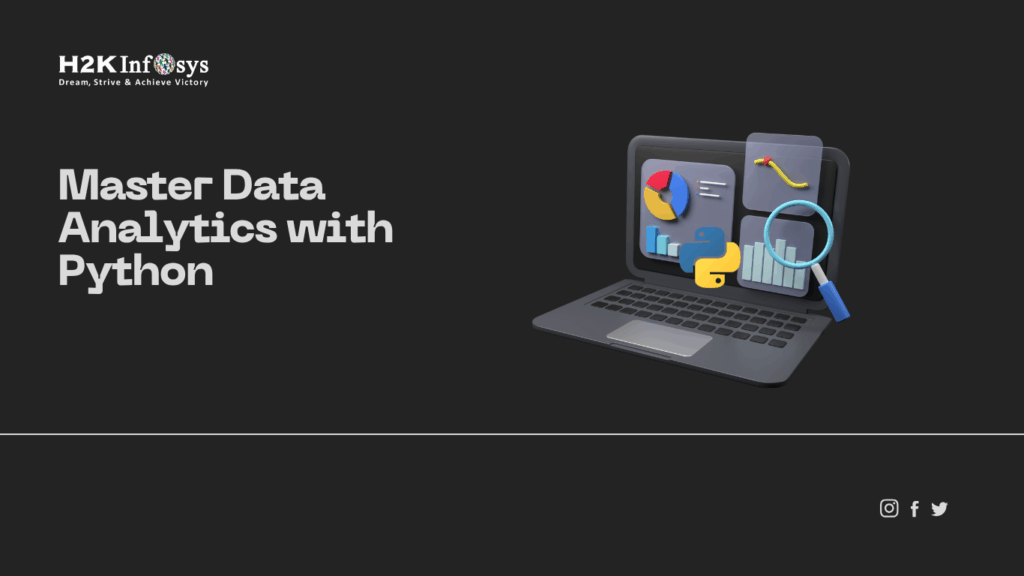
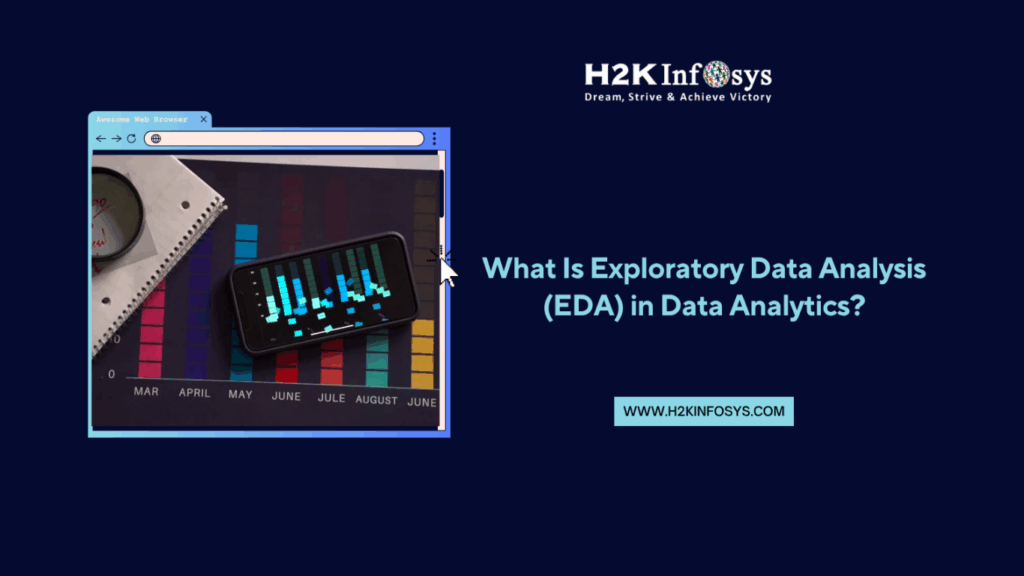





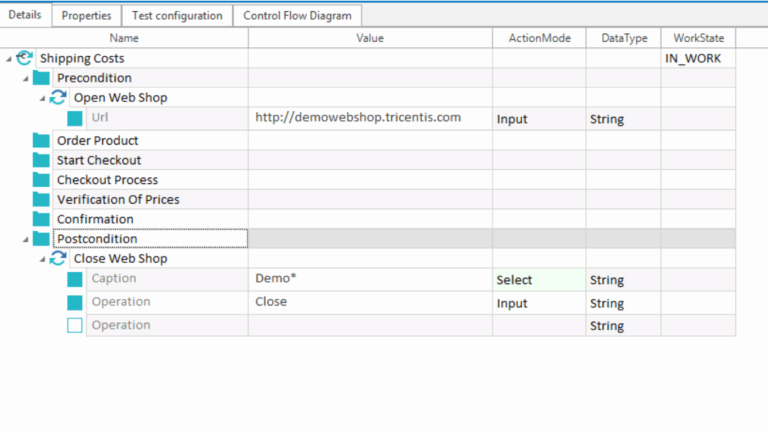

One Response